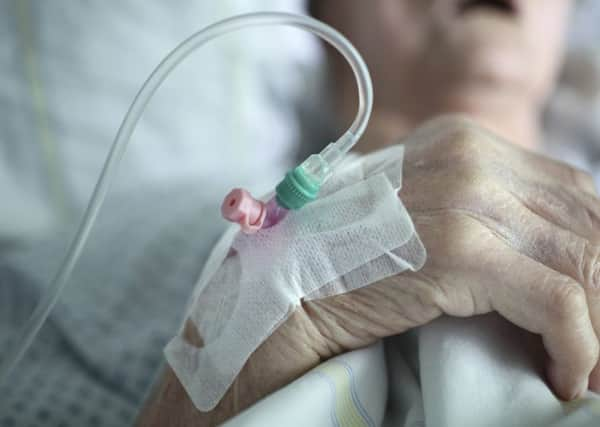Too many people back in Altnagelvin in less than a month following discharge


‘Managing Emergency Hospital Admissions,’ reports how the Western Trust overshot its emergency readmission target of 4,267 by 708 (17 per cent) in 2015/16, with patients back on their backs on hospital beds in less than a month on over 4,975 occasions over the year.
This was replicated across the North, most of which had worse readmission rates than here.
Advertisement
Hide AdAdvertisement
Hide AdThe report says one of the 2015/16 Commissioning Plan targets for all Trusts was to secure a five per cent reduction in the number of readmissions but this didn’t happen anywhere.
Instead, the report finds: “Emergency readmissions continue to be a significant problem for all Trusts with a regional increase in the rate against the target of 20 per cent.”
The Auditor recommends: “The Department work with the HSC Board and the Trusts to consider the development of communication hubs in order to support better integration of health and social care with the aim of ensuring that patients who are ready can be discharged from hospital in a more timely way.”
It also urges better communication between hospitals, primary and community care and social services.
Advertisement
Hide AdAdvertisement
Hide AdMr Kieran Donnelly, the Comptroller and Auditor General, said: “My report shows that emergency hospital admissions are costly and frequently avoidable. To compound matters, once admitted, many patients can remain in a hospital bed longer than is necessary.
“With hospitals struggling to cope with increasing levels of demand for emergency care, particularly among older and chronically ill patients, ensuring that patients are treated in the most appropriate setting is crucial if the resources available for emergency care are to be used to best effect.”